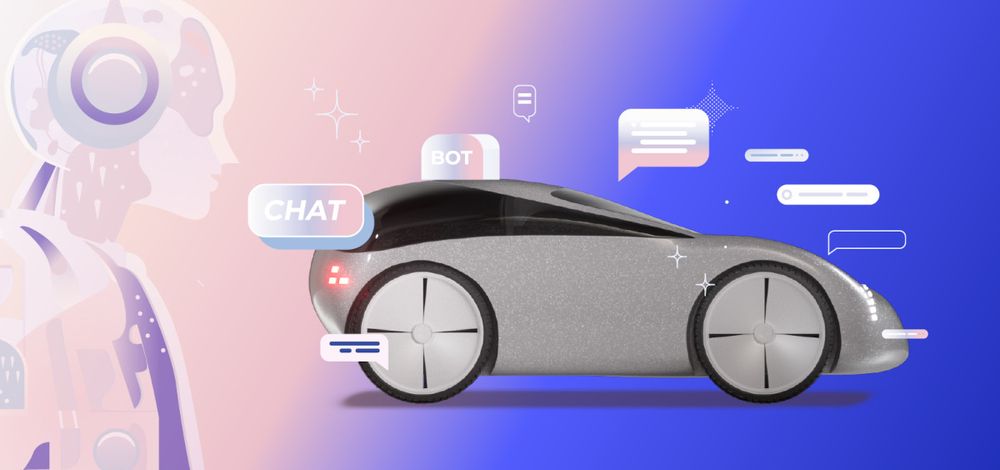If you don't stop at the stop line, but roll to the edge of the road, it becomes a habit. Then when it matters, you become a risk.
Look at this intersection:
Google Maps
Cars from the far left - coming down the very steep hill to the T-intersection are supposed to stop at the white line on the left, by the lady in white. Many many cars do not stop there but stop at the edge past the sidewalk for their turn right or left. I have been running along this sidewalk, and even when walking, and a car zooms right across my path when I near the blind corner. I know this, so I always pause at the blind corner.
When a car has rolled though to the edge, you no longer have eye-contact because they are watching the fast road to make their turn. You can't make your legal pedestrian crossing in front of them. If they have come to a full stop at the stop line, they can see you and will typically do the hand gesture, head nod, or just pause because they know they have to wait for you to cross.
Rolling through this is just so dangerous. Not every pedestrian comes to a halt at the intersection, nor do they have to. If you are pushing a stroller, the stroller is leading. If you are jogging, you do not have to stop at the intersection. Yes, you definitely SHOULD pause and look around the blind corner, but you don't HAVE to. It is expected that a car will stop at the white line and see you. People who roll through this are 100% bad drivers.



